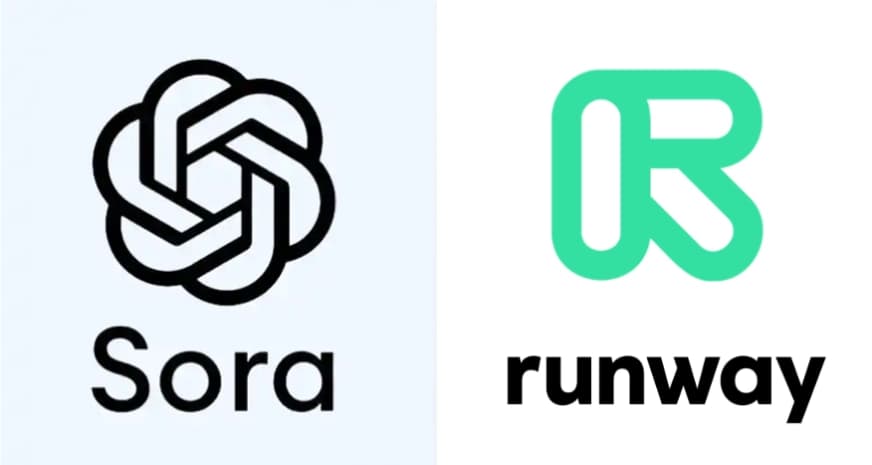
Artificial intelligence has revolutionized video generation, offering tools like OpenAI’s Sora and RunwayML that promise groundbreaking capabilities. This analysis explores how these two models perform across different tasks and highlights their distinctive features.
To test both models, the prompt used was:
"Create a video of a white dog playing with a kitten."
Sora's Output:
Sora generated a detailed video showcasing the scene, including a well-crafted background. However, the video featured a significant flaw—a two-headed cat, with an extra head appearing on its rear, diminishing the overall quality.
RunwayML's Output:
RunwayML produced a video where the animals were realistically rendered. However, the action described in the prompt, "playing," was replaced by "cuddling," resulting in a failure to capture the intended scenario.
Observation: Both models struggled with accuracy. Sora excelled in background details but failed in character rendering, while RunwayML captured the characters better but misinterpreted the action.
Verdict: Neither model delivered satisfactory results.
Result: Sora ❌ | RunwayML ❌
Prompt:
"Cinematic shot of the dog flying towards the camera. The dog is moving his neck to look."
Sora's Output:
The video lacked dynamic movement. While minor facial expressions were added, the dog’s legs and neck did not move as instructed.
RunwayML's Output:
RunwayML performed better, creating a video where the dog’s body and cape moved realistically as it appeared to skim through the sky. However, the neck movement was limited.
Observation: RunwayML demonstrated better responsiveness to short prompts and delivered a more visually engaging output.
Verdict: RunwayML was superior in this task.
Result: Sora ❌ | RunwayML ✅
Prompt:
A 5-second time-lapse of a serene sunset, featuring vibrant hues, smooth transitions, and a tranquil landscape in the foreground.
Sora's Output:
Sora produced an impressive video with a proper time-lapse and gradual lighting changes. However, minor flaws included static clouds and swans, which did not match the intended time-lapse dynamics.
RunwayML's Output:
RunwayML failed to meet expectations, delivering a video with no visible sunset or lighting transitions.
Observation: Sora delivered a more accurate and visually appealing result, albeit with minor imperfections.
Verdict: Sora excelled in this task.
Result: Sora ✅ | RunwayML ❌
Sora includes a Storyboard feature, allowing users to plan video sequences with greater precision. This tool is highly beneficial for filmmakers and creators aiming to produce complex narratives. RunwayML lacks this functionality.
Result: Sora ✅ | RunwayML ❌
Sora's Remix feature enables users to modify specific elements in a video while preserving consistency. RunwayML offers a similar function, but its performance is less effective.
Result: Sora ✅ | RunwayML ❌
RunwayML's Gen-3 Alpha Turbo provides advanced camera controls, including horizontal, vertical, pan, tilt, zoom, and roll movements, giving creators precise cinematic control. Sora does not offer these features and requires detailed prompts to achieve similar effects.
Result: Sora ❌ | RunwayML ✅
OpenAI’s Sora and RunwayML bring unique strengths to AI video generation. Sora excels in features like Storyboard and Remix, enabling creative storytelling and customization. On the other hand, RunwayML demonstrates better performance with short prompts and advanced camera control capabilities.
Both tools have room for improvement, especially in achieving prompt accuracy. As these technologies evolve, creators can anticipate more refined and powerful solutions to transform their ideas into compelling visual narratives.

16/12/2024

16/12/2024